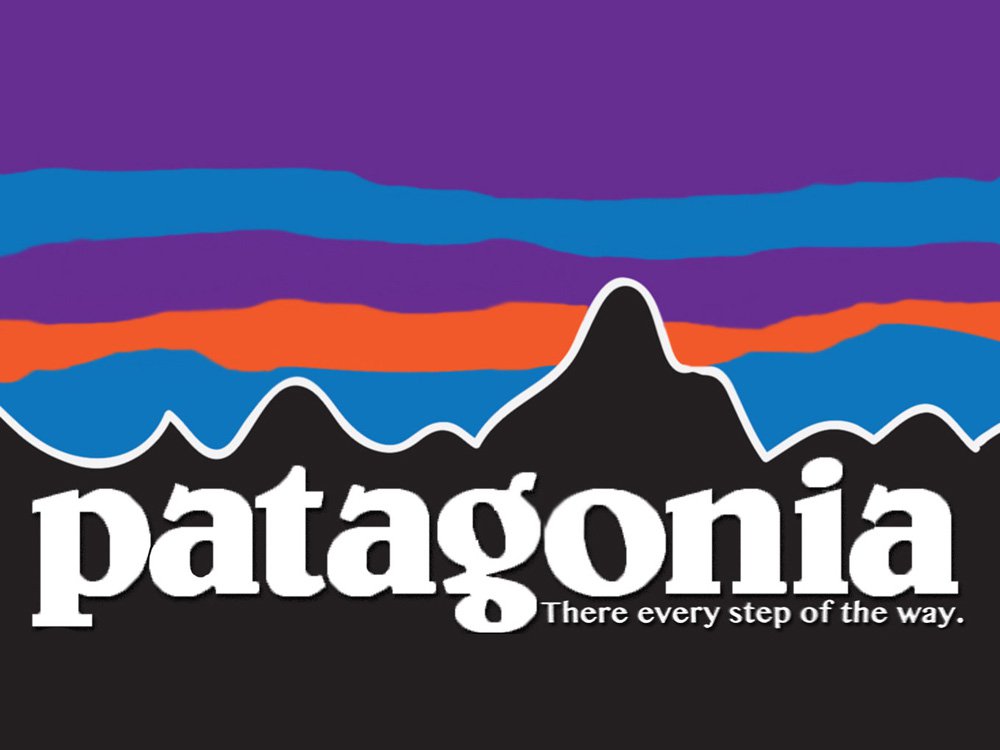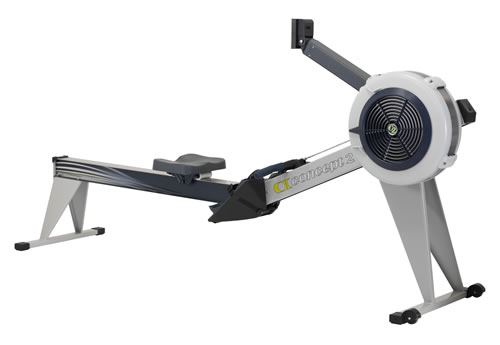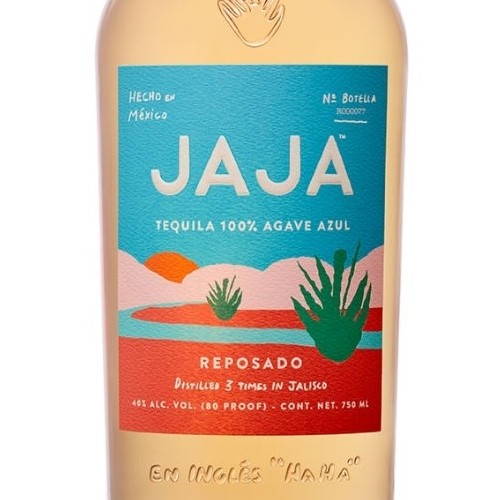People call me a minimalist. My apartment may be small (I live in Manhattan), but with so little stuff relative to others, the space looks open and uncluttered.
I don’t like labels. I would call myself a maximalist, if anything, since I maximize what I value–like relationships, joy, fun, and a clean environment–though on the outside I look like I’m getting rid of things.
How little do I buy? Writing these words in December 2019, I last emptied my household garbage September 2018–yes, over a year ago. I took years to develop the habits to focus on essentials, but worth it.
People ask how. My biggest change came from challenging myself to buy no packaged food for week. I pleasantly surprised myself to go two-and-a-half weeks—time to learn to cook from scratch. I kept learning to cook more. I spend less time and money on food than ever, buying more variety from farmers markets and CSAs and dried legumes, grains, nuts, and seeds from my coop’s bulk food section.
I still buy stuff
I still buy things, needless to say. In fact, owning less means valuing more. Some things I value are commodities—a refrigerator, a pressure cooker, clothing—where any brand will do.
Some brands stand out. I value them for delivering what I want beyond their competitors. I don’t mind calling them out. My goal isn’t to advertise and I hope it doesn’t look like I am. I have no ties, financial or otherwise, with any of them, beyond that I’ve met people in them.
My point is that everyone who wants to buy less asks what not to buy. I don’t feel like I’m avoiding buying. I feel like I buy a lot because I value what I buy so much. I don’t think I’ve spent more than $20 through Amazon in all of 2019. I want to give a positive message.
When I shop, I buy mostly from farmers markets and thrift shops. Other times, what attracts me is the company’s values, its attention to detail, its culture, its people, its community, and so on. I think the details matter, so I mention the brands. Actually, the first two and last, I haven’t even bought from, I just respect them.
Brands I like
Patagonia. Ironically, I own no Patagonia products, mainly because I buy clothes almost exclusively from thrift shops, where I see nearly every brand I know, but only once did I see anything from Patagonia—a bag, a sight so rare I remember it.

I read the founder, Yvon Chouinard’s, book Let My People Go Surfing after meeting his nephew, Vincent Stanley, who has worked with the company since 1973. I interviewed him on my podcast. I’ve watched many videos of Yvon.
Actually, with all the videos, I don’t have to say more. Watch a few and read an excerpt of the book and you’ll see why I value the brand. When I visited Los Angeles last year, Vincent arranged for me to tour Patagonia’s Ventura headquarters, where I saw the company’s ethos infuse every part of the culture I could see.
I don’t know about you, but my mind will take any excuse to avoid exertion, but I value fitness, which is why I focus on bodyweight and kettlebell exercises—they take excuses away. While I love running too, my Concept 2 rower works most of my body no matter the conditions outside. I can get a full workout in less time than I take to run to the river and back.

I bought mine—the machine Olympic athletes train with—for half price, used on Craig’s List. In about ten years, I’ve done no more to maintain it than a few drops of oil on the chain.
I happen to be in the middle of one of their challenges. If I row 100,000 meters between Thanksgiving and Christmas, they’ll donate money to charity. I’ve rowed 20,000 so far and finishing the challenge will put me over 2 million meters on the machine.
Winter coats challenged me. Feeling forced to choose between animal feathers or plastic to insulate, for a couple winters after my last coat died I made do with layering under a fall coat. Then I found Hemp Tailor, called Hoodlamb at the time, and bought a coat made of organic hemp and recycled materials—the Nordic Parka, in particular.

Wow, I never felt so comfortable in the cold. A brand started by surfers in Holland, I met people there and they spoke of the farmers who grew the hemp and cold winters in northern Europe.
I enjoy putting on the coat enough that I look forward to winter. Mine is a few years old and looks like the day I bought it.
Alcohol is normally a tough call. I don’t need it, but I consider it part of culture. By drinking less of what I enjoy most, I’m satisfied more while spending less.
I’ve learned to make foods like vinegar and sauerkraut, and I made wine with my friend with winemaking equipment. He made big, family, community events out of mashing the grapes but isn’t around. Distilling alcohol seems too challenging—so far, at least.

But I’m writing this article because of conversations with people behind JAJA Tequila and Coppersea Whisky. Are they the only craft brands? No, but within a couple weeks, I happened meet owners of each. They talked about their spirits the way I talk about my famous no-packaging vegetable stews.
Martin from JAJA told me about agave as a plant, how it grows, where, by whom. He showed me pictures he took of plants in fields he walked. He told me about the farmers in the pictures. Beyond taking tequila, he was talking stewardship. And JAJA tasted the best of any tequila I tried.

Mike of Coppersea is a college friend I saw at a reunion for the first time since the 90s. Old teammates, I expected to talk sports. When he started talking about whisky, he spoke of the history of the Hudson Valley, researching tradition, restoring heritage methods of farming, malting, and each step, honoring the grains, farmland, and people.
Speaking of plants, farmland, and people, for those in New York City, I heartily endorse our farmers markets and my three, yes three, CSAs: one from Stoneledge Farm, one from Norwich Meadows Farm, and Local Roots, which sources from many farms. I’ve met the farmers and walked their land. I’ve met the entrepreneurs bring the plants to me. I’ve eaten with them.

I read about a book a week, probably more than ever, but I don’t remember the last time I bought a book. As an author myself, I don’t hesitate to endorse my local public library.

